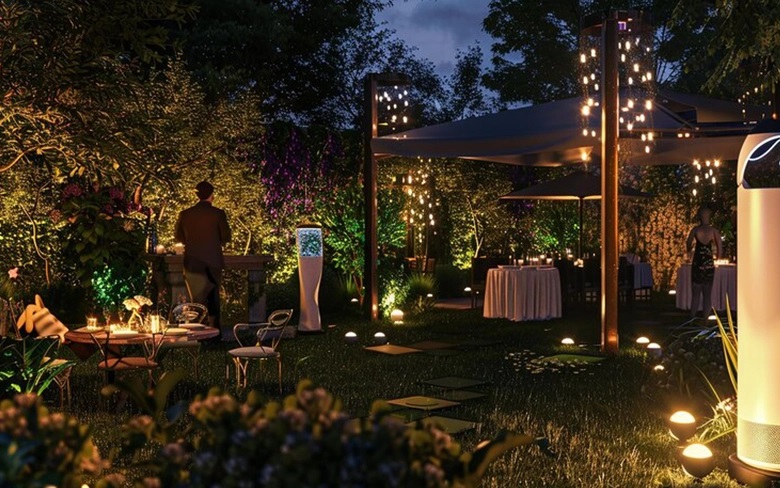The Role of IoT in Outdoor Lighting: How Smart Technology is Revolutionizing Urban Spaces

The Internet of Things (IoT) is rapidly transforming urban landscapes, and outdoor lighting is no exception. Traditional streetlights are evolving into intelligent, connected systems that offer a plethora of benefits for municipalities and citizens alike. IoT-enabled outdoor lighting allows cities to remotely monitor and control each individual light, optimizing energy consumption and reducing operational costs. Through sensors and data analytics, these systems can adjust lighting levels based on real-time conditions such as weather, traffic density, and pedestrian activity. This adaptive approach ensures that streets are adequately lit when needed, while dimming or switching off lights during periods of low activity, resulting in significant energy savings and reduced carbon emissions.
Optimizing Traffic Management
Beyond energy efficiency, IoT-connected outdoor lighting plays a crucial role in optimizing traffic management. By integrating sensors into outdoor lights, cities can gather valuable data on traffic flow, pedestrian movement, and parking availability. This information can be used to dynamically adjust traffic signals, optimize routes, and provide real-time parking guidance to drivers. For example, streetlights equipped with cameras and sensors can detect traffic congestion and automatically adjust signal timings to alleviate bottlenecks. Additionally, they can provide data on pedestrian crossings and adjust lighting levels to enhance visibility for both drivers and pedestrians, improving overall safety.
Bolstering Public Safety and Security
Public safety is a paramount concern for any city, and IoT-enabled outdoor lighting contributes significantly to creating safer urban environments. Smart streetlights equipped with cameras, sensors, and communication capabilities can serve as a network of surveillance and emergency response. They can detect unusual activity, such as loitering or noise disturbances, and alert law enforcement agencies in real-time. Integrated cameras can provide valuable evidence in the event of a crime, while emergency call buttons on streetlights allow citizens to quickly summon help in distress.
Creating Smart and Sustainable Cities
The implementation of IoT in outdoor lighting is not just about improving individual streetlights; it’s about creating a comprehensive smart city ecosystem. By integrating lighting systems with other urban infrastructure, such as waste management, public transportation, and environmental monitoring, cities can create a holistic and interconnected network. This integration enables data sharing and collaboration across different city departments, leading to more efficient operations and better resource allocation. For example, data from smart streetlights can be used to optimize waste collection routes, improve public transportation schedules, and monitor air quality levels.
Facing Challenges and Embracing the Future
While the benefits of IoT-connected outdoor lighting are undeniable, there are also challenges that need to be addressed. These include concerns about data privacy, cybersecurity, and the cost of implementation. Cities must carefully consider these issues and develop appropriate policies and safeguards to ensure that these technologies are used responsibly and ethically. Despite these challenges, the future of outdoor lighting is undoubtedly connected. As technology continues to evolve, we can expect to see even more innovative applications of IoT in outdoor lighting, further revolutionizing urban spaces and creating smarter, safer, and more sustainable cities for all.










